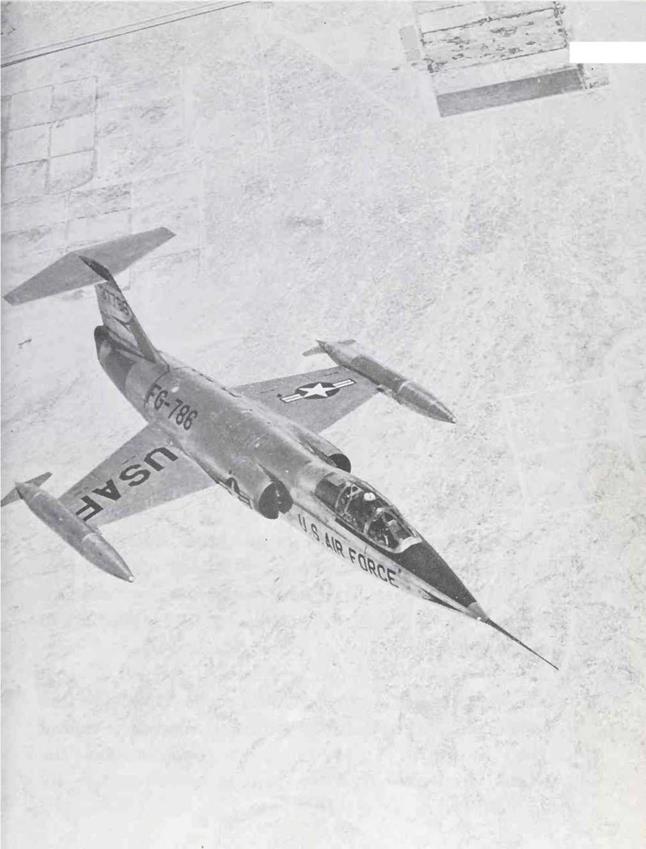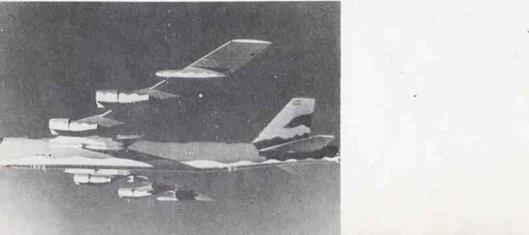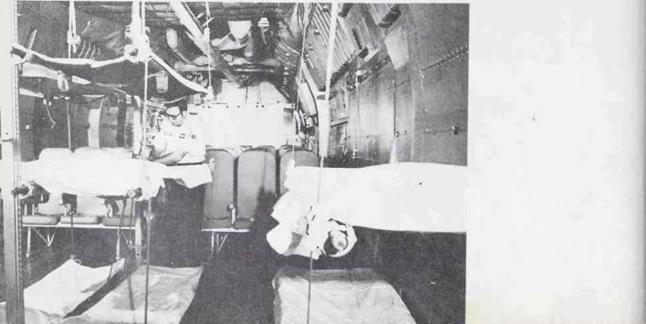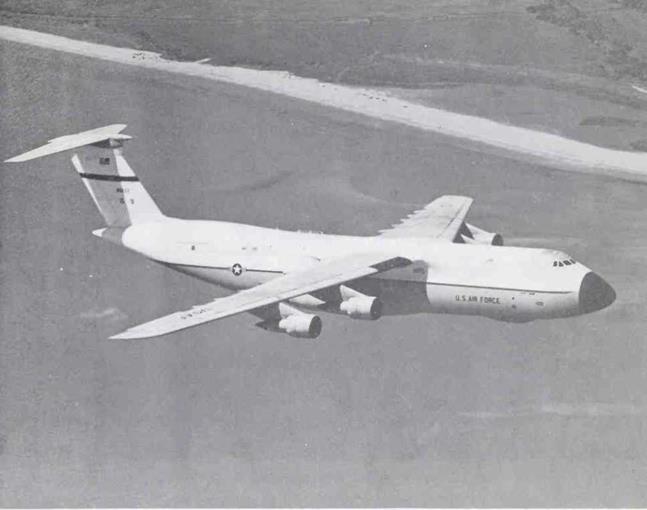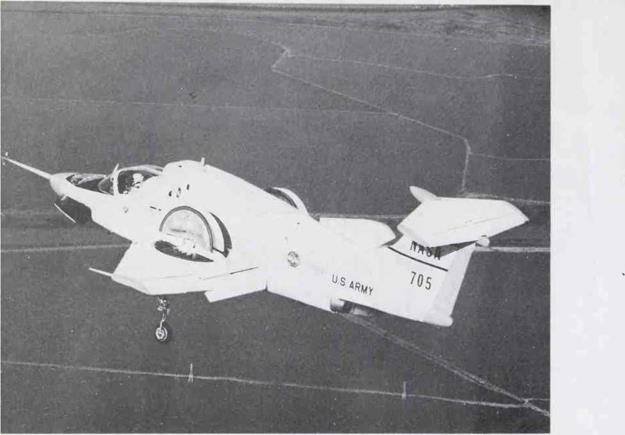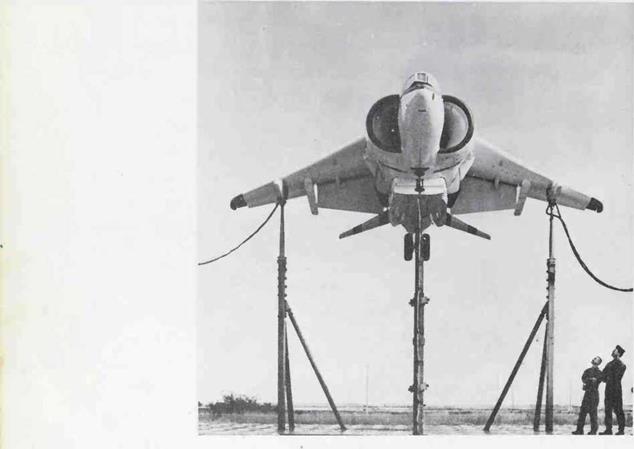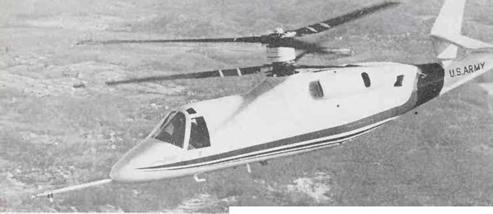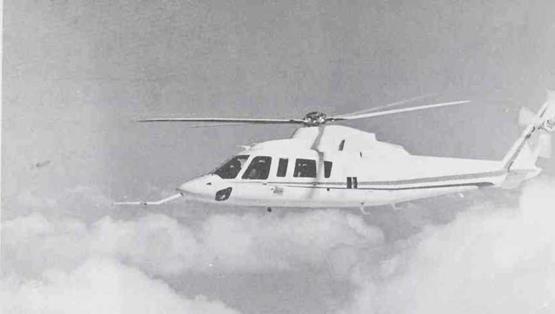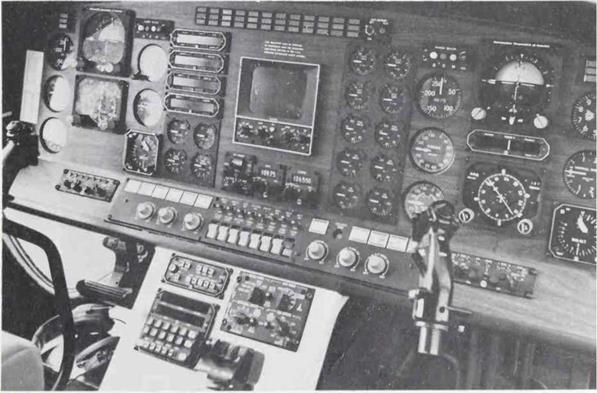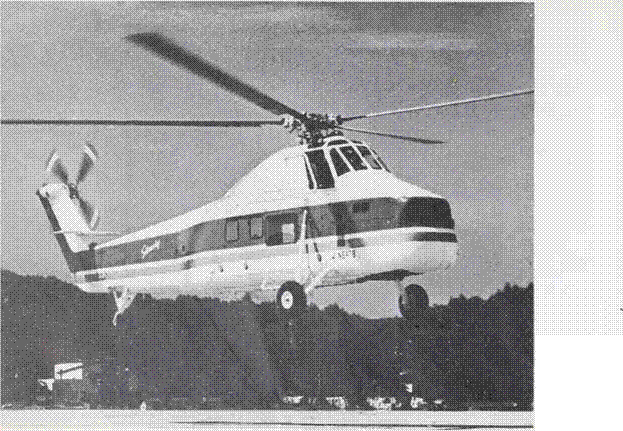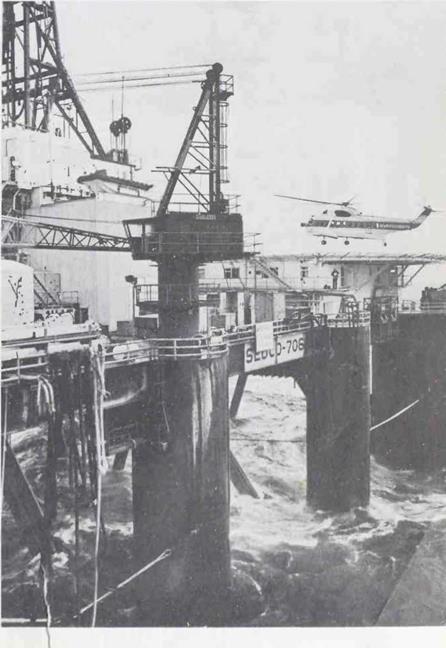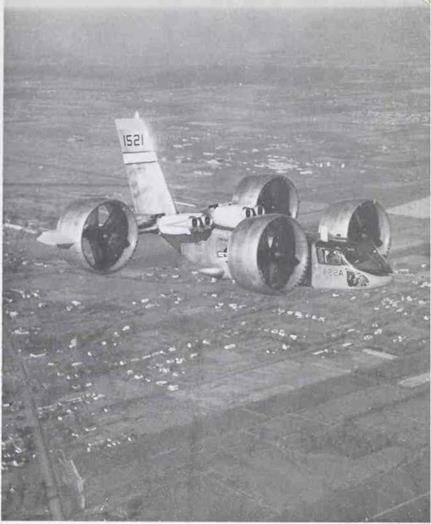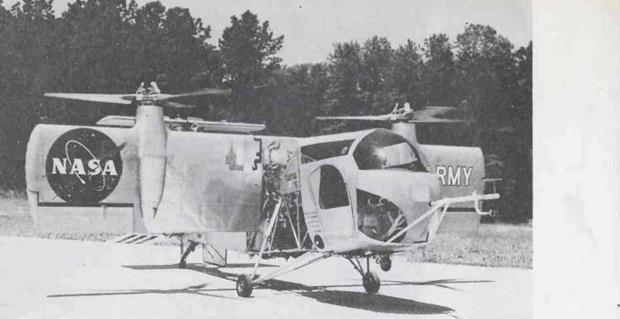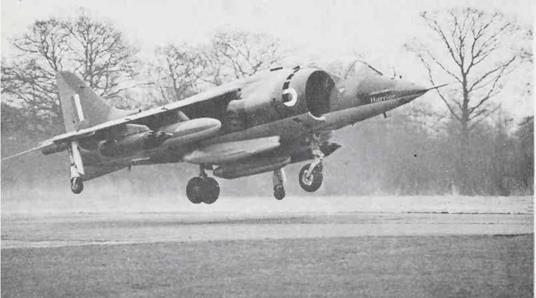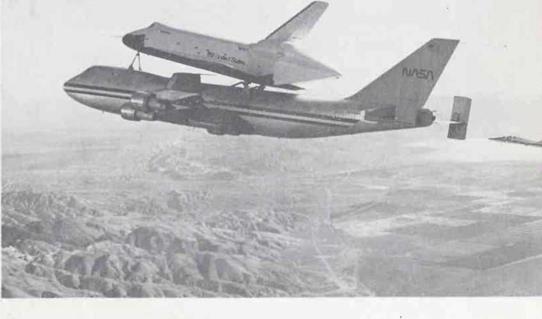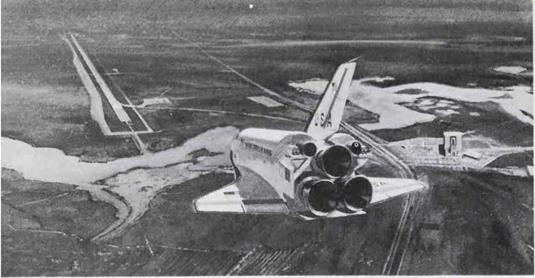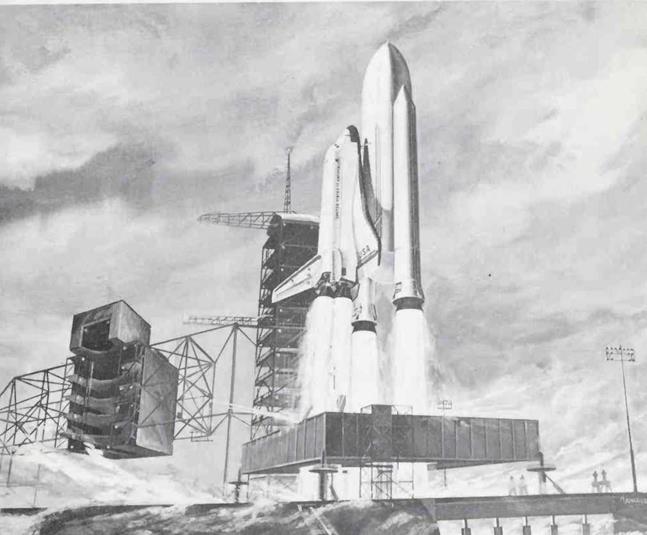RECONNAISSANCE
The original function of military aircraft was reconnaissance, that is, observation of enemy territory and positions to gather information. Most observation aircraft are of comparatively light weight and small size. They carry one or two observers and sufficient communication equipment to report their observations.
A Lockheed U-2 is shown in the photo on the opposite page. This aircraft is a subsonic turbojet that flies very – high-altitude reconnaissance missions. The plane is used by the National Aeronautics and Space Administration (NASA), the Central Intelligence Agency (CIA), and the United States Air Force (USAF). The wing size and its placement give the U-2 the appearance of a powered glider.
There is a large air intake at the wing root on each side of the plane. These air intakes make the U-2 look like a twin-engined plane. But both intakes feed into a single engine. The U-2 cruises at about 450 miles per hour. It has a maximum speed of 528 miles per hour.
The U-2 has a wingspan of 80 feet. The plane is almost 50 feet long and stands 13 feet high at the tail. It is a light airplane for its size and weighs less than 16,000 pounds at takeoff. The U-2 has a range of more than 4,000 miles, and it can operate at altitudes of 70,000 feet.
The U-2 was involved in a major international incident in i960: On May 1, a U-2 operated by the Central Intelligence Agency entered Russian air space from the direction of West Pakistan. A Russian surface-to-air missile intercepted the U-2 at an altitude of 68,000 feet. The U-2 was shot down about 1,000 miles east of Moscow. This incident involving the U-2 was responsible for some difficult times in the United States-Russian relations during the early 1960s.











